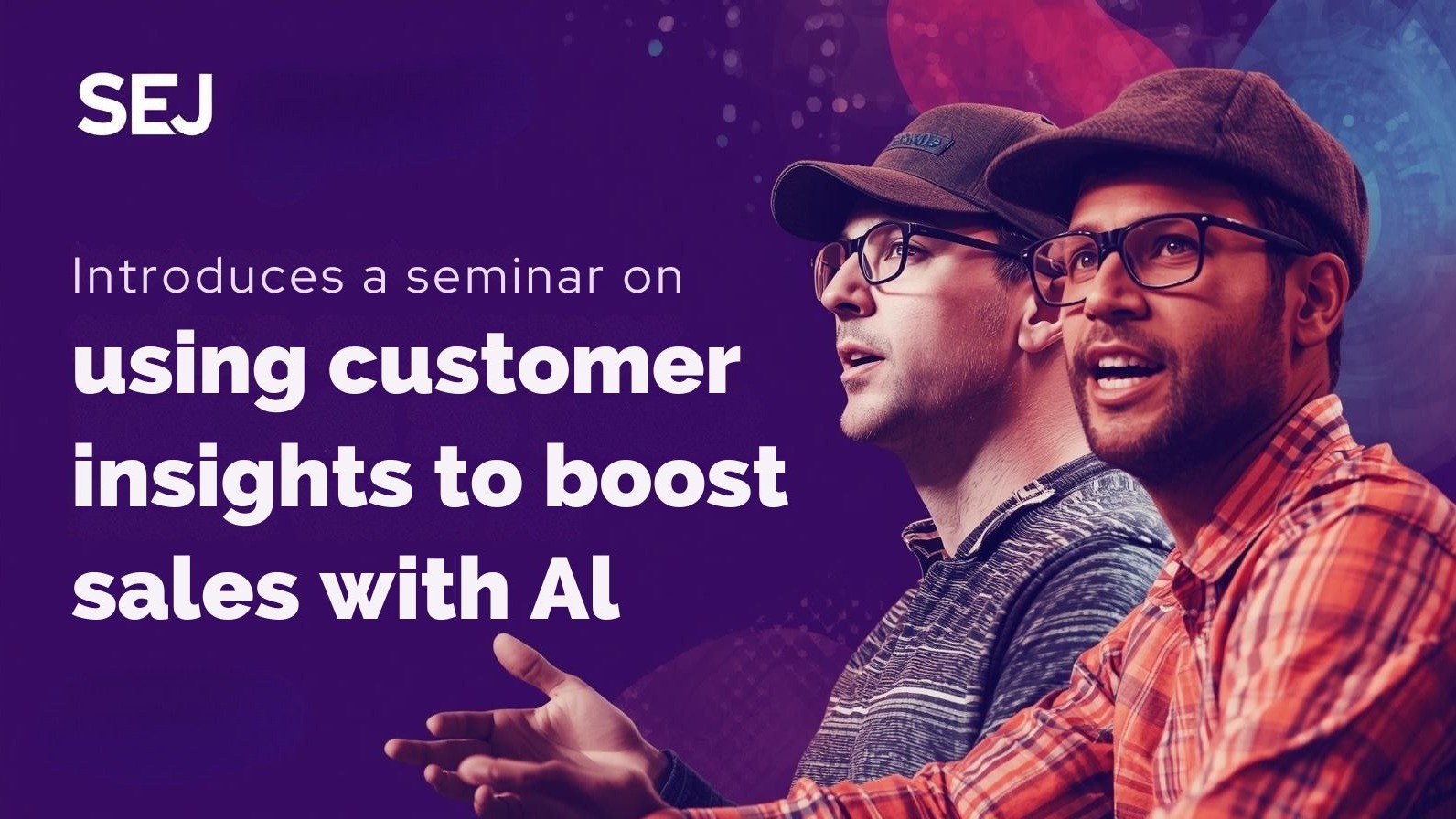
Unlocking Customer Insights with AI-Driven Strategies
In the evolving world of digital marketing, understanding customer behavior has become more crucial than ever. Modern marketers are leveraging AI-driven insights to enhance their strategies and optimize sales.
The Confusion in AI and SEO Terminology
Numerous terms like GEO, LMO, and ASEO clutter the discussion around AI and SEO, often leading to confusion and misinterpretation. As noted by industry experts, the disparity of opinions among professionals complicates decision-making for marketers striving to implement effective strategies. Therefore, pinpointing the right terminology is essential to demystify processes and enable actionable steps towards utilizing AI for sales enhancement.
Rethinking Metrics: A Shift in Focus
Traditionally, marketers have relied heavily on metrics like clicks and impressions. However, to truly leverage AI-driven customer insights, it’s time to shift the focus from surface-level metrics to more meaningful indicators of behavior and intent. For example, rather than merely tracking the number of clicks generated by a specific campaign, marketers should delve into conversion metrics to gain deeper insights into customer journeys.
Transforming Customer Engagement Through AI
AI allows brands to move beyond conventional marketing tactics. By employing technology to analyze real-time data, businesses can grasp customer preferences and pain points, ensuring a more personalized approach. This shift is evident in platforms like Spotify and Amazon, which use AI analytics to tailor user experiences. Delta Air Lines also demonstrates how AI enhances customer interactions, enabling swift responses to service disruptions.
The Benefits of GenAI-Guided Selling
GenAI has emerged as a game-changer in the sales sector, significantly enhancing the efficiency and productivity of sales teams. This intelligent technology interacts seamlessly with existing systems to provide personalized customer interactions, predictive analytics for sales forecasting, and facilitate better upselling strategies. By empowering sales professionals with **actionable insights**, organizations can expect higher engagement rates and improved customer experiences.
Best Practices for Implementing AI in Customer Insights
To maximize the effectiveness of AI in unlocking customer insights, companies must focus on certain best practices. First, it’s vital to set clear business objectives that align with marketing goals. Second, investing in quality data is essential to ensure that AI-generated insights are reliable and relevant. Furthermore, fostering collaboration across departments ensures that valuable insights permeate the organization, allowing for a holistic approach to customer engagement.
Future Predictions: The Continuous Evolution of AI in Marketing
Looking ahead, the role of AI in marketing is set to expand even further. As customer behaviors evolve, so too must the tools we use to understand and respond to them. Companies that actively adapt their AI implementations will likely see improved customer loyalty and market presence as they shift from reactive strategies to proactive engagement.
In conclusion, harnessing AI-driven customer insights is vital for marketers aiming to enhance their competitive edge. By focusing on actionable metrics, enhancing customer engagement through personalized experiences, and implementing best practices, businesses can effectively boost sales and foster strong customer relationships.
 Add Row
Add Row  Add
Add 




Write A Comment